Dave Adrien
A Photographic Journal
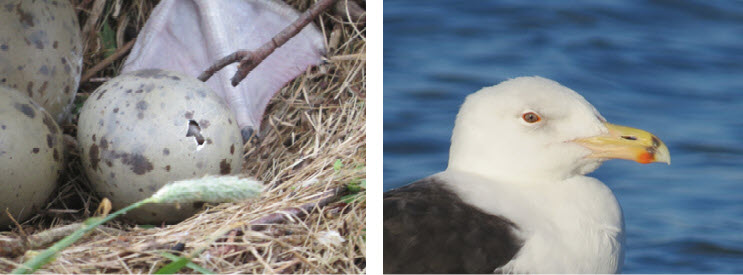
Fig. 1. (left) The start of a gull's life. Fig. 2. (right) June 12, 2019—2AK returns as an adult.All photographs by the author.
"Almost anyone can recognize a gull as such." (Howell and Dunn 2007)
To nonbirders, a gull is usually just a "sea gull." For birders, identifying gulls is more nuanced and more challenging. First, there many species to learn to identify, and then there is the task of learning each species' plumages at ages from juvenile to adult. Every field guide depicts gulls at various ages, but they all have one caveat—variability. Descriptions frequently include words and phrases such as "typically," "exceptions," "approximate," "varying degrees," and "possible hybrids." And that is without factoring in a variety of environmental conditions and just plain wear and tear between molts.
Great Black-backed Gulls (Larus marinus) take up to four years to reach maturity For the past five years, I have photographed Great Black-backed Gull 2AK from pipping in 2015 (Figure 1) to young adulthood in 2019 (Figure 2). L. William Clark and I have put together a short photographic study of Great Black-backed Gulls, focusing on 2AK, that I've excerpted here to help readers identify the plumage stages of Great Black-backed Gulls. For the full presentation, go to www.gullsofappledore.wordpress.com.
The Great Black-backed Gull is the largest gull in the world and is common along the Atlantic coast from Labrador and Baffin Island to North Carolina. It measures 25–31 inches in length, with males larger than females. The wingspan is 57–65 inches. Whether you place this gull under the heading of dumpster diver, predator, or "consummate kleptoparasite" (Dunne and Karlson 2018), this accomplished camp raider is indeed the dominant "King of the Beach." Other species keep a respectable distance, especially when food is available.

Fig. 3. (left) These downy chicks will become fierce predators. Fig. 4. (right) "Teenagers" on the beach, 2015.
These downy chicks don't look fierce (Figure 3), but they grow at a rapid rate. They hatch in June and fledge by August. Figure 4 shows some "teenagers" in July.
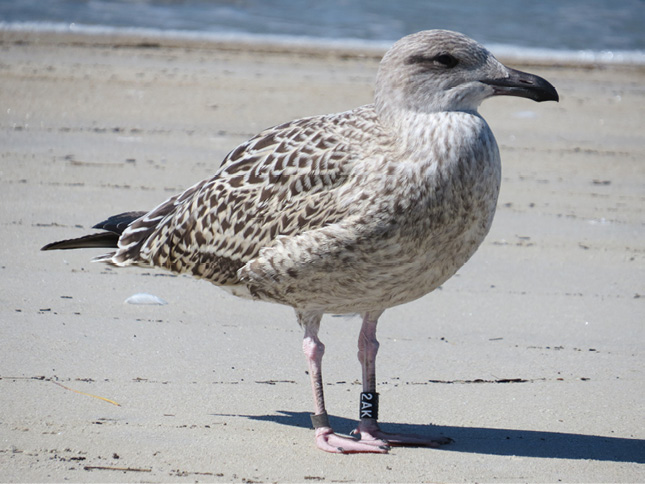
Fig. 5. 2AK in juvenal plumage, September 2015.
Gull 2AK was banded as a chick on May 5, 2015, at the Appledore Island Migration Station (AIMS). Here he is in juvenal plumage at Sandy Point State Reservation on Plum Island in September 2015 (Figure 5). Juvenal plumage is quite different from adult plumage. Notice 2AK's large black bill, dark eye, and head and underparts that are streaked gray brown. The blackish brown mantle, scapulars, and wing coverts are edged in white, which create a bold checkered pattern, but the coverts may appear more barred than checkered (Good 1998). Juvenile 2AK departed Plum Island for parts unknown on September 12, 2015. He returned on July 11, 2016, just about one year after he hatched. (See Figure 6.) As an immature or first-year bird, 2AK has a dark eye, a whitish head, a whitish chest that is finely streaked, and checkered wing coverts (Sibley 2014). Good (1998) notes that in first-year plumage, the back is grayer brown and the checkered pattern is less bold than in juvenal plumage. According to Dunne and Karlson (2018) a first-year bird's "upperparts appear cut from coarsely patterned gray granite."
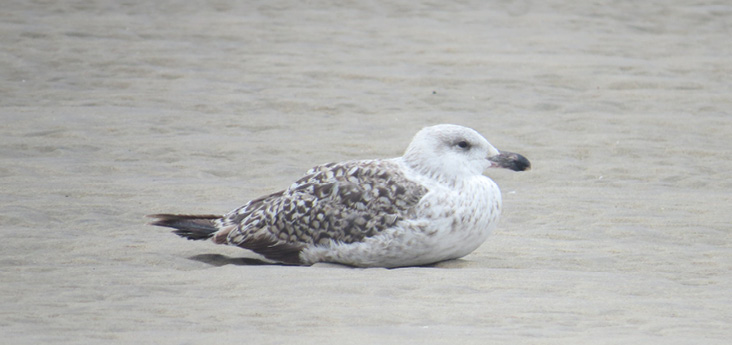
Fig. 6. 2AK as a first-year bird in July 2016.
Figure 6 shows 2AK transitioning from first-winter to first-summer plumages, which are similar; the head and chest may become a little whiter in first-summer birds (Good 1998). A first-winter bird still has an entirely black bill. In first-summer birds, the bill may turn pinkish at the base and there is sometimes a pale horn tip (Howell and Dun 2007). The eye is dark.
I photographed 2AK for the last time at Plum Island on September 7, 2016, before he disappeared for the winter. I didn't find him again until July 28, 2017 (Figure 7). A second-year Great Black-backed Gull is still an immature bird. There's not much difference between first-year and second-year plumages other than the head and chest are whiter with less streaking (Sibley 2014, Dunne and Karlson 2018) and the coverts are less checkered (Good 1998). Notice 2AK's bill: the base is now pink, with a subterminal black band and a pale tip (Good 1998).
In 2018, 2AK showed up at Plum Island on June 25. As a third-year or subadult bird, his plumage begins to resemble that of an adult Great Black-backed Gull. (See Figure 8.) 2AK's head and underparts are white and his back is almost entirely black, with a brown lower wing panel (Dunne and Karlson 2018). His bill is almost entirely pink except for a thin black band and a bit of orange near the tip. According to Good (1998) bills of third-year birds can differ in color from yellow to cream to pink with varying amounts of red or orange near the tip.
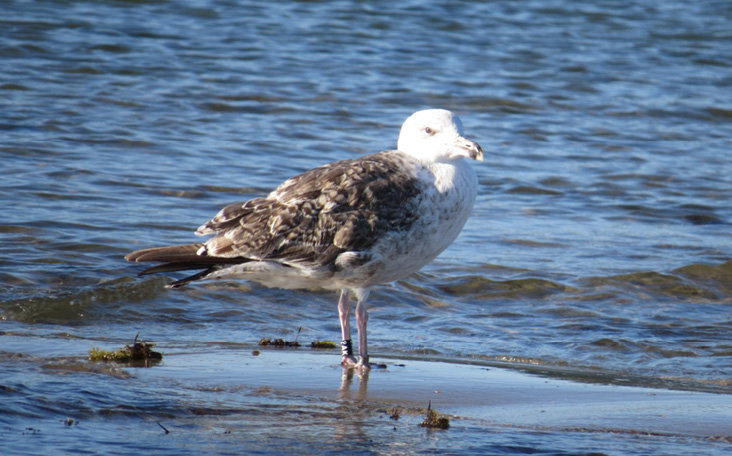
Fig. 7. In 2017, 2AK as a second-year bird, with plumage similar to that of the previous year.
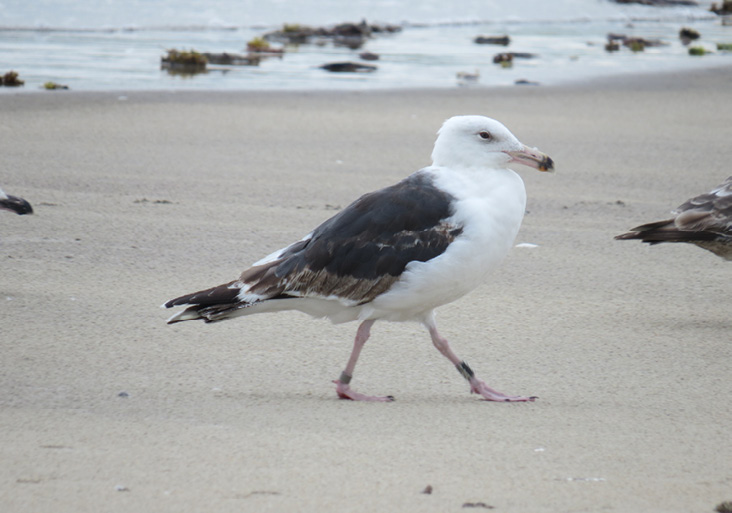
Fig. 8. As a third-year or subadult bird in 2018, 2AK is beginning to look like an adult.
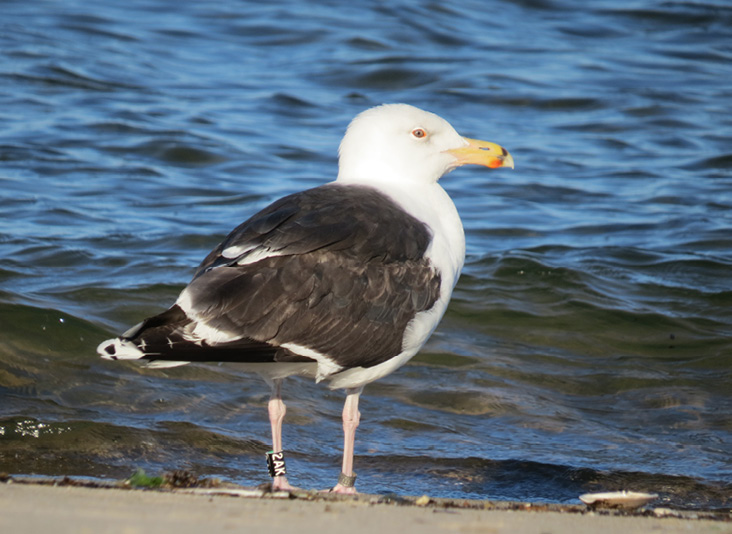
Fig. 9. This is 2AK in adult plumage, June 12, 2019.
When I saw 2AK back at Plum Island on June 12, 2019, it was the moment I was waiting for. I have now captured the complete life history of this gull from fledging to adulthood, albeit young adulthood (Figure 9). An adult Great Black-backed Gull has a black back and is the darkest gull that occurs regularly in the United States (Sibley 2014). It has a white head, underparts, and rump. The iris varies from yellow to grayish with a red orbital ring. The legs are pale pink and the bill is yellow with a red spot near the tip. 2AK's bill retains some of the black band from his subadult stage, but otherwise he looks like an adult.
Thank you to L. William Clark for his assistance with the 2AK project.
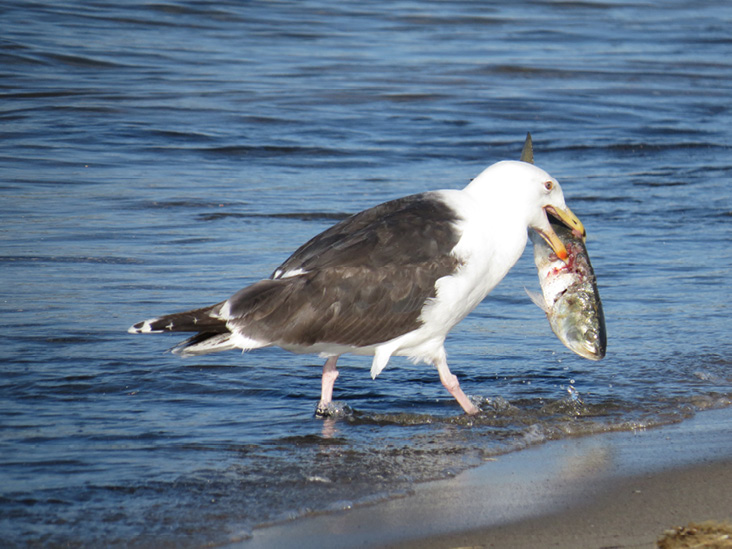
2AK with a fish.
References
- Dunne P. and K.T. Karlson. 2018. Gulls Simplified. Princeton, New Jersey: Princeton University Press.
- Good, T. P. 1998. Great Black-backed Gull (Larus marinus), version 2.0. in The Birds of North America (A. F. Poole and F. B. Gill, Eds.). Ithaca: Cornell Lab of Ornithology: https://doi.org/10.2173/bna.330 Accessed June 26, 2019.
- Howell, S.N.G. and J. Dunn. 2007. Peterson Reference Guide: Gulls of the Americas. New York: Houghton Mifflin Harcourt.
- Sibley, D.A. 2014. The Sibley Guide to Birds, 2nd ed. New York: Alfred A. Knopf.
Dave Adrien retired from the lumber business in June 2014 and has been a full-time birder since. Most weekdays he can generally be found somewhere on Plum island.
Editor's Note:
Here's a note about gull age classes in order to explain the differences between "year" and "cycle." A first spring bird in juvenal plumage is a second year bird, since "year" refers to the calendar year, while "cycle' refers to molt. The first cycle in large northern gulls begins with hatching in the spring or summer, proceeds through a first prejuvenal (PJ) molt into juvenal plumage (basic 1 or B1), followed by a prealternate molt (PA1) in late summer or early fall through the winter (first winter,). The second cycle begins in the following spring with a prebasic molt (PB2), followed with the second prealternate molt (PA2). The third cycle begins with the third prebasic molt (PB3) in the spring, followed by a prealternate molt (PA3) in the late summer. The length of a prebasic molt usually coincides with the time required to replace a set of primaries, which can be up to six months in large gulls. The length of time required for these molts, interruptions of molts, differences in the feather tracts molted in different cycles, bleaching and wear, and environmental factors all combine to explain the complexity of characterizing gull appearance.
David M. Larson